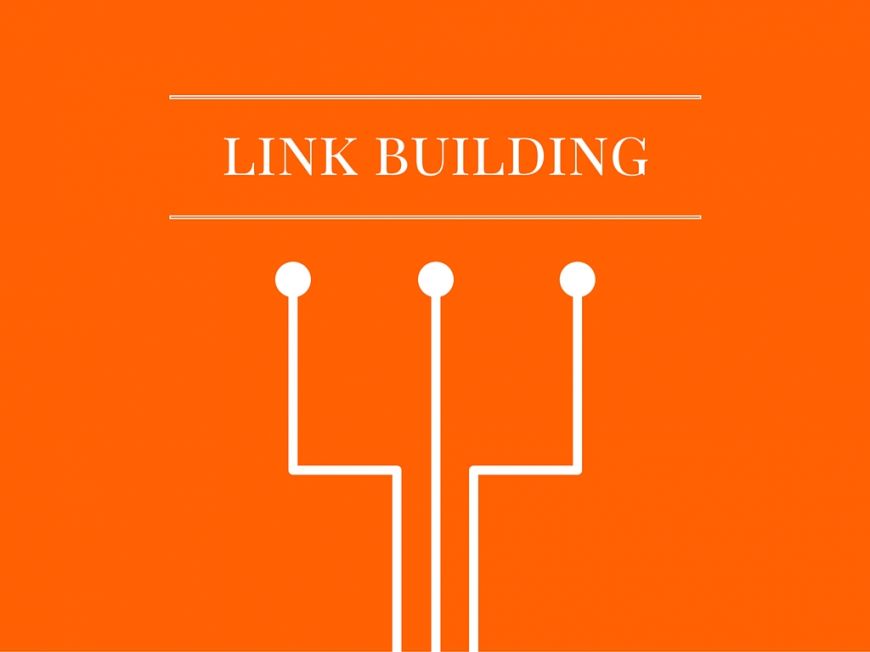-
Follow us
-
0723.20.82.90 -
office@iagency.ro 




Let's start things off by defining the internal links: Their role is to link a page from a website to another address, belonging to the same domain. Usually, these addresses are website pages, but they can also represent links to media files, download links, and many others.
In order to optimize the structure of a site, we will have to take into consideration the following:
While having a major importance, the first point we made is more dependant on web design and UX (User experience). Therefore, our concern lies with the second paragraph, which helps us spot the relation between internal links and search engines, regarding SEO.
What is the relationship between internal and external links?
One of the most important factors for search engine ranking are links, and the best method for helping Google find your pages and your content is through external links.
However, internal links help in connecting all your generated content, therefore allowing the search engine to make a general impression on how your website is set up. The internal links establish the internal hierarchy of the website in such a way that the pages which are really important have a higher value than those who are not. Thus, we can observe that an optimal implementation strategy for internal links affects how search engines rank your content.
Why is important to have a good internal linking structure
Using its spiders, Google crawls through your website, following both internal and external links. At first, these bots arrive on the homepage, where they begin the search, following the first links available.
This way it determines how your pages relate to each other, in terms of posts, content, web pages and others. This way, Google will know which of your site's pages' cover similar topics.
Building internal links is part of on-page SEO
Have you seen what we did above? We used a link to another blog post covering a similar topic. This way, we make sure that Google understands that these two pages are semantically related, thus influencing the way these pages show up in Google rankings.
Things you should know when creating a site's architecture
Taking all of the above into consideration, how can we use internal links to improve our website's visibility? In regards to the search engine, there is a whole series of factors which work together to assure a better definition of your website. These are the most important:
Site structure - On most websites, the average user shouldn't have to click more than 3 times to access any link on the page. If this number of clicks is exceeded, it means your website has a sort of "train wagon" structure, which can become frustrating for the user.
As an example, when reading a blog, if you want to read an older post, you have to go through an entire row of previous entries just to access it. This problem could very easily be solved by building internal links, which enable you to track down that blog post by using tags, categories, author etc.
A pyramid scheme is preferable in most cases, having the homepage serve as the tip of the pyramid, followed by categories and subcategories. This type of structure allows for an easier navigation throughout the website, thus increasing the potential ranking for each of the pages.
Your pages should have internal links with relevant information - If the visitors land on your site and don't clock on internal links, this should be a distress signal, meaning that Google won't rank these pages.
A lot of people will try fixing this problem by using keyword stuffing, that is, generating excess anchor text. If some time ago, Google ranked sites in accordance with the abundance of links found, now it has come a long way, being more focused on unique and relevant content. Therefore it is more important to have a natural flow regarding anchors, attracting the user to spend more time on the website, offering an immersive experience.
Don't use the same keyword for building internal links for different pages - This action has a negative response, both from the user's point of view and the search engine. Actually, there seems to be a penalty in ranking when this kind of links are spotted. Maintain a clean structure of internal links, keeping only what is necessary and relevant to your website. And another thing: Why would you create competition between two pages of the same website?
Limit the use of "nofollow" links - These links do not help the search engine in generating any ranking. If this was applied in the past for sculpting a site, now they are more commonly used for avoiding problems with search engines. Although they are useful in some contexts, this is not part of the strategy of building internal links, from an SEO point of view.
Make sure you don't have any "orphan" pages on your website - Internal links should be present on all your website's pages'. Moreover, make sure that these pages are linked to other pages with a high user interest. This way your pages can rank higher on Google.
Get the latest news and updates
By subscribing, you agree to our Privacy Policy
Leave the SEO optimization and online promotion of your business in our hands! With us, you’ll increase organic traffic -> brand awareness -> the number of customers -> sales -> profit! What do you say, shall we make you a personalized SEO offer?